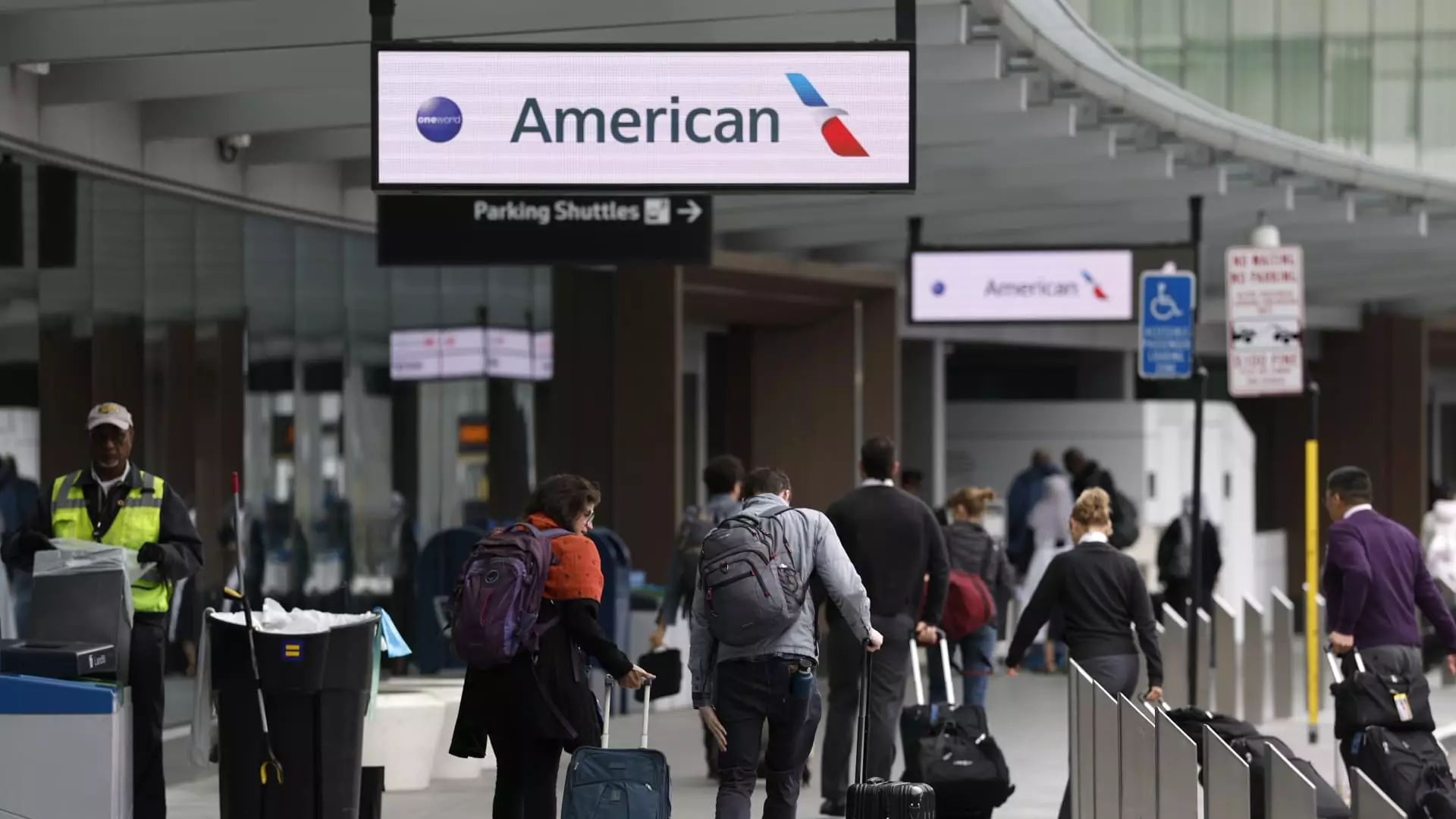Recent discussions among airline executives paint a stark picture of a brewing economic storm. In their latest earnings calls, CEOs from several major airlines expressed concerns about a downturn in domestic travel demand, casting shadows over optimistic projections for 2025. This decline, they argue, stems not solely from the trade uncertainties triggered by former President Donald Trump’s tariff policies, but also from a broader economic landscape characterized by unpredictability. American Airlines’ CEO, Robert Isom, encapsulated the mood succinctly when he noted that uncertainty discourages consumers from committing to travel plans. As Americans reconsider spending their hard-earned cash, these airlines find themselves faced with a significant challenge: too many vacant seats.
Capacity Cuts Amidst Economic Doubts
In a move that signals deeper troubles, major airlines such as Delta, Southwest, and United have announced plans to scale back on their growth in capacity. This proactive response aims to address the apparent disconnect between supply and demand, particularly as summer travel approaches, which would typically see an uptick in air traffic. The announcements come hand-in-hand with the unsettling decision by several carriers to retract their financial forecasts for 2025, citing the rampant uncertainty surrounding the U.S. economy. In a striking amid the chaos, United Airlines surprisingly stood firm, providing alternate financial outlooks to accommodate potential recession scenarios while maintaining a promise of profitability regardless of the circumstances. This adaptability may benefit them in the long run, but it nonetheless highlights a serious concern: the market’s instability is forcing these giants to rethink their strategies.
Prices Drop, Demand Stagnates
The implications of these shifts are already resonating through the marketplace. Notably, airfares have witnessed a marked decline, decreasing by 5.3% in March from the previous year. This drop is compounded by the timing of demand cycles, especially with Easter travel falling in March last year. However, it isn’t just peak periods experiencing this dip; February fares also saw a decline of around 4%. Such price drops typically belies a deeper issue: airlines are struggling to fill their planes, which is an extraordinarily sensitive topic in an industry already facing slim margins. As Alaska Airlines candidly revealed, softer-than-expected demand poses risks to their forthcoming second-quarter earnings, pushing them to lower fares to attract more customers.
The Corporate Travel Conundrum
Corporate travel, a crucial revenue stream for airlines due to its less price-sensitive clientele, has been particularly hampered by this economic wobbly. Analysts confirm that corporate travel is often the first casualty when economic anxieties arise—something Conor Cunningham from Melius Research articulates skillfully. As businesses tighten their belts, the gradual growth previously observed at the onset of 2025 has flatlined, resulting in missed opportunities for airlines that rely heavily on business travelers. If the high-flying sector is seeing a downturn, it raises questions about the overall economic conditions and consumer confidence.
A Glimmer of Hope Amidst Uncertainty
Despite the plethora of challenges facing the industry, there are pockets of hope. Executives like Delta’s Ed Bastian have noted that premium services and international travel remain relatively resilient. Wealthier clientele is still willing to splurge on flights overseas despite local economic pressures. However, the lingering issues of economic stability pose a question mark over the industry’s immediate future. While some leaders echo sentiments that economic certainty will quickly translate into recovery, maintaining faith in such proclamations requires optimism amidst a sea of discomfort.
The turbulence within the airline industry is emblematic of carrying economic weight that could presage broader implications for all sectors. It’s a wake-up call for consumers and policymakers alike to consider how swift shifts in international relations and political climates can ripple through various layers of the economy. With the 2025 forecast hanging in the balance, stakeholders must remain vigilant to navigate this uncertain landscape.

